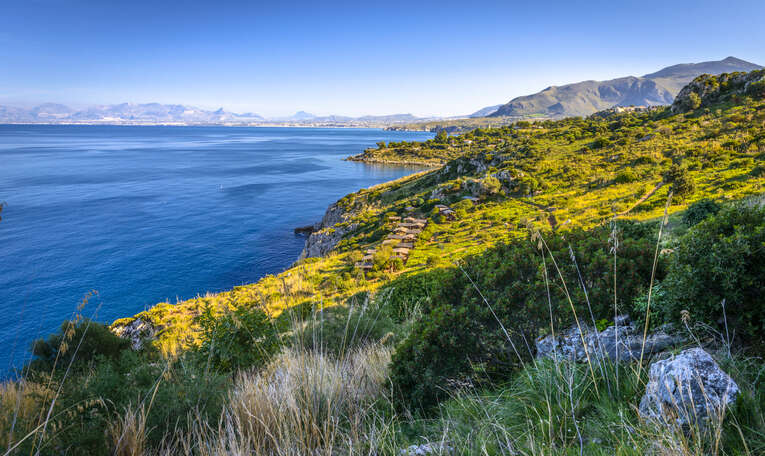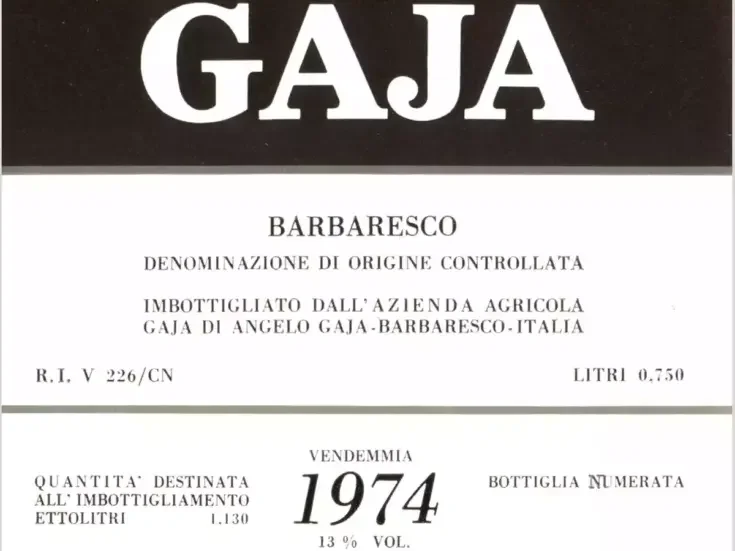
As the Sicilian wine authorities approve an official change in name for the island’s most widely planted white grape variety from Catarratto to Lucido, Jim Clarke looks back on the recent history of grape re-christening in Italy.
One doesn’t have to spend much time with Jancis Robinson & Co’s massive tome Wine Grapes to know that the grape varieties we know and love operate under more aliases than a Mission Impossible agent. Still, it’s the nature of modern branding to find a name and stick with it, so few grapes change their names once they’ve hit the big time. The exception may be Italy, where several mainstream or at least widely planted grapes have changed their IDs within recent memory.
Lucido: Short and alluring?
This came home to me when I heard about the latest example, which comes to us from Sicily. Catarratto has become the island’s most planted grape, occupying about 30,000ha (74,000 acres), and varietal bottlings have shot up dramatically in the past decade. But the Sicilia DOC has deemed the name not ready for prime time, and has pushed through an alternative, Lucido. The new moniker comes not from focus group testing but from one of the grape’s clones, albeit not the mostly widely planted. That honor goes to Catarratto Bianco Comune. The Consorzio’s press release describes the new name as “short” and “alluring” compared with the “contorted” sound of Catarratto. It’s likely that the new name will be mispronounced by many Americans—the “c” will be rendered as a soft “s” sound rather than the Italian “ci” of “ciao”—but that’s less important than making wine drinkers feel more comfortable asking for it.
Presumably a majority of Sicily’s producers must be onboard with the change. At the other end of the country there was great consternation among Friuli’s wine community 15 years ago when the EU demanded that they drop the “Tocai” from Tocai Friulano—a grape mostly known elsewhere, if it’s known at all, as Sauvignonasse. The instigation for this change was the demands of producers in Hungary’s Tokaj. Though at the time it would be hard to argue that the Italian dry whites might be confused with the Hungarian sweet wines that had reemerged on the world market after the end of the Cold War, the large number of excellent dry whites coming from Tokaj today show the decision, which also affected Tokay d’Alsace in France, was to some degree prescient.
And so we have Friulano the grape’s shortened name. Producers at the time argued that the change would hurt sales, but Friulano, senza “Tocai,” remains a large part of the region’s vinous identity. If anything has held it back it’s more likely to be the success of Pinot Grigio, grown across northeastern Italy, as well as Sauvignon Blanc and Prosecco.
Glera: Protecting Prosecco
The latter has had its own cause to protect its name, ever since Prosecco became the leading driver of Italian wine exports. The word “Prosecco” once designated both the sparkling wine and the primary grape used in producing it, but that changed when it was stripped from the latter in 2009. The grape was left with a much blander pseudonym, Glera, which is how it is officially known today. This move prevented winegrowers in other parts of the world from planting the Prosecco grape and then slapping the varietal name on their labels. Depending on your point of view the change protects either the Prosecco “brand” and the Italian producers making it, or consumers who might otherwise be deluded into buying a wine made from Prosecco grapes but which is not a Prosecco wine in terroir terms. A similar motivation seems to lie behind the Brunello di Montalcino 1992 decision to reframe their grape variety as “Sangiovese” rather than Brunello or even Sangiovese Grosso, though that also seems to have been born from a recognition that the Sangiovese clones of the Montalcino area were not as distinct from clones elsewhere as was once thought.
Italian diversity
In some ways this all underscores Italy’s diversity of labeling practices compared in particular to Spain and France. Some appellations such as Chianti Classico, are entirely devoid of grape names, and in other areas such as Alto-Adige and Friuli varietal indicators are the norm. Some split the difference—Barbera d’Asti, for example or, previously, Brunello di Montalcino. The latter retained the word “Brunello” as part of the DOCG name even though it technically no longer indicated the grape variety, which is probably for the best; in colloquial usage many wine drinkers never even get to the “di Montalcino” part. That’s in contrast to Dogliani, where the grape variety, Dolcetto, has been absorbed or excised from the DOCG’s name entirely.
Fans of Italian wine seem indifferent to many of these changes. In terms of consumer recognition, most of these changes seem to have satisfied to a marketing Hippocratic Oath rule to “first, do no harm.” Sicily’s adoption of the Lucido name, however, hopes to do one better and give Catarratto a facelift. Whether it will make the wine’s appeal more lucid to winedrinkers remains to be seen.







